
2020 Cover Crop Survey Reveals Benefits
The analysis of the 2020 Cover Crop Survey is available and posted on SARE’s website for viewing. Farmers from …



El inglés es el idioma de control de esta página. En la medida en que haya algún conflicto entre la traducción al inglés y la traducción, el inglés prevalece.
Al hacer clic en el enlace de traducción se activa un servicio de traducción gratuito para convertir la página al español. Al igual que con cualquier traducción por Internet, la conversión no es sensible al contexto y puede que no traduzca el texto en su significado original. NC State Extension no garantiza la exactitud del texto traducido. Por favor, tenga en cuenta que algunas aplicaciones y/o servicios pueden no funcionar como se espera cuando se traducen.
Inglês é o idioma de controle desta página. Na medida que haja algum conflito entre o texto original em Inglês e a tradução, o Inglês prevalece.
Ao clicar no link de tradução, um serviço gratuito de tradução será ativado para converter a página para o Português. Como em qualquer tradução pela internet, a conversão não é sensivel ao contexto e pode não ocorrer a tradução para o significado orginal. O serviço de Extensão da Carolina do Norte (NC State Extension) não garante a exatidão do texto traduzido. Por favor, observe que algumas funções ou serviços podem não funcionar como esperado após a tradução.
English is the controlling language of this page. To the extent there is any conflict between the English text and the translation, English controls.
Clicking on the translation link activates a free translation service to convert the page to Spanish. As with any Internet translation, the conversion is not context-sensitive and may not translate the text to its original meaning. NC State Extension does not guarantee the accuracy of the translated text. Please note that some applications and/or services may not function as expected when translated.
Collapse ▲
The analysis of the 2020 Cover Crop Survey is available and posted on SARE’s website for viewing. Farmers from …
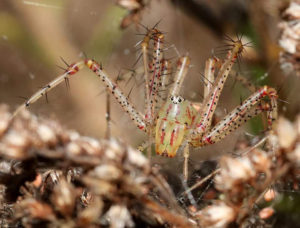
Chatham Conservation Partnership conducted a webinar on SPIDERS on October 15, 2020, and we had a great turnout of about 130 …
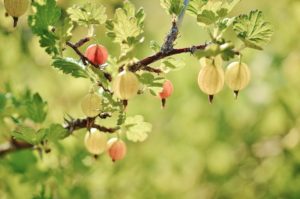
9/16/2020 – (Reviewed 8/28/2024) The short answer is “no.” You cannot legally grow currants or gooseberries in North Carolina. …
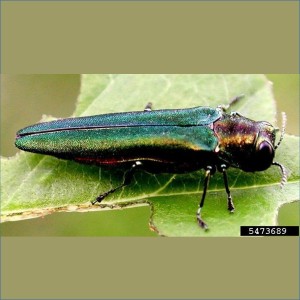
The emerald ash borer, a beautiful but extremely destructive, exotic insect pest, has now been detected in North Carolina. …
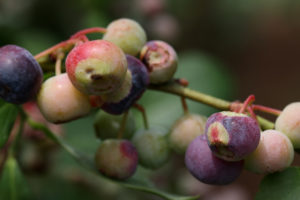
I recently visited a small Chatham County blueberry farm and found some of the bushes were infected with Exobasidium, …
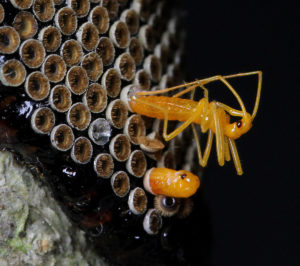
The wheel bug, Arilus cristatus, is North Carolina’s largest assassin bug. It gets its name from the prominent spiny …
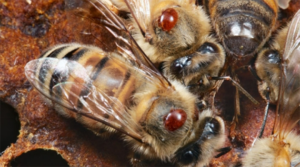
This global health crisis has certainly hit us all like a ton of bricks, and at the time of …
Julie Hayworth-Perman | NC State University Homegrown Putting off that home remodel or waiting until the right time to add …
UPDATE: ALL CLASSES SCHEDULED THROUGH APRIL 2020 HAVE BEEN POSTPONED DUE TO COVID-19 CONCERNS. CHECK BACK FOR FUTURE TBD …
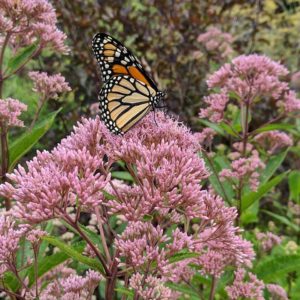
Photos by Debbie Roos, N.C. Cooperative Extension of Chatham County In late 2008, I planted a demonstration pollinator garden at Chatham …
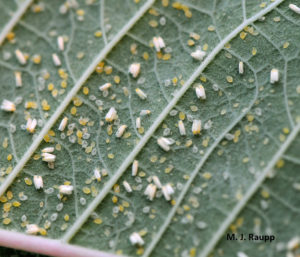
Clint Thompson | 9/13/2019 | CAES NEWS at UGA Researchers from three research institutions are using a $3.2 million grant …
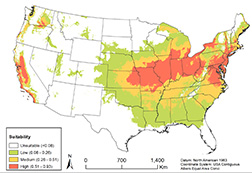
Kim Kaplan | 10/3/2019 | USDA ARS A map identifying the areas suitable for establishment of the spotted lanternfly (SLF) …
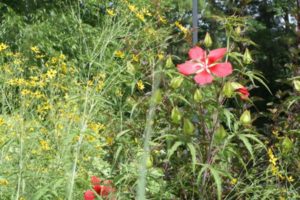
Patrick Fitzgerald | 9/10/2019 | National Wildlife Foundation When cities and communities consider what trees, shrubs and flowers to plant …

Sonya Begemann | 9/17/2019 | Ag Web You’ll likely be seeing summer annual weeds from the combine, with a few …
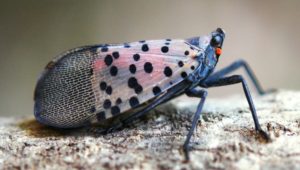
Dan Charles | 9/16/2019 | NPR Walking around a park near Allentown, Pa., I didn’t even notice the bugs at …
USDA | 9/12/2019 U.S. Department of Agriculture Deputy Under Secretary Scott Hutchins announced today that the National Institute of Food …
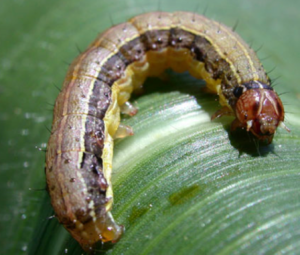
The fall armyworm is a chronic pest in the Southeast and can cause severe damage to grass and forage …
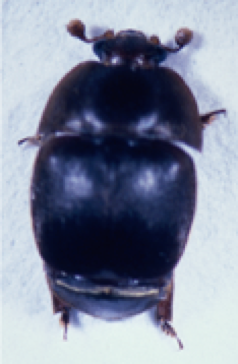
This factsheet describes the small hive beetle, its life cycle and how to prevent infestations …

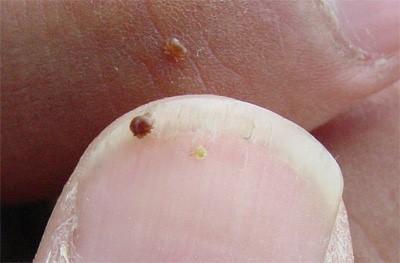
It is the goal of every beekeeper to maintain healthy, productive colonies. This can only …

This manual prepares pesticide applicators for Forest Pest Control Certification exams in the following states: …
To apply restricted-use pesticides to agricultural commodities, you must be certified or be supervised by …

This factsheet offers information on the biology and management of the emerald ash borer, an …

Black root rot impacts a range of woody and herbaceous ornamental plant species primarily in …

Whiteflies (Hemiptera: Aleyrodidae) are small (< 0.12 inch) and highly diverse insects that feed on …